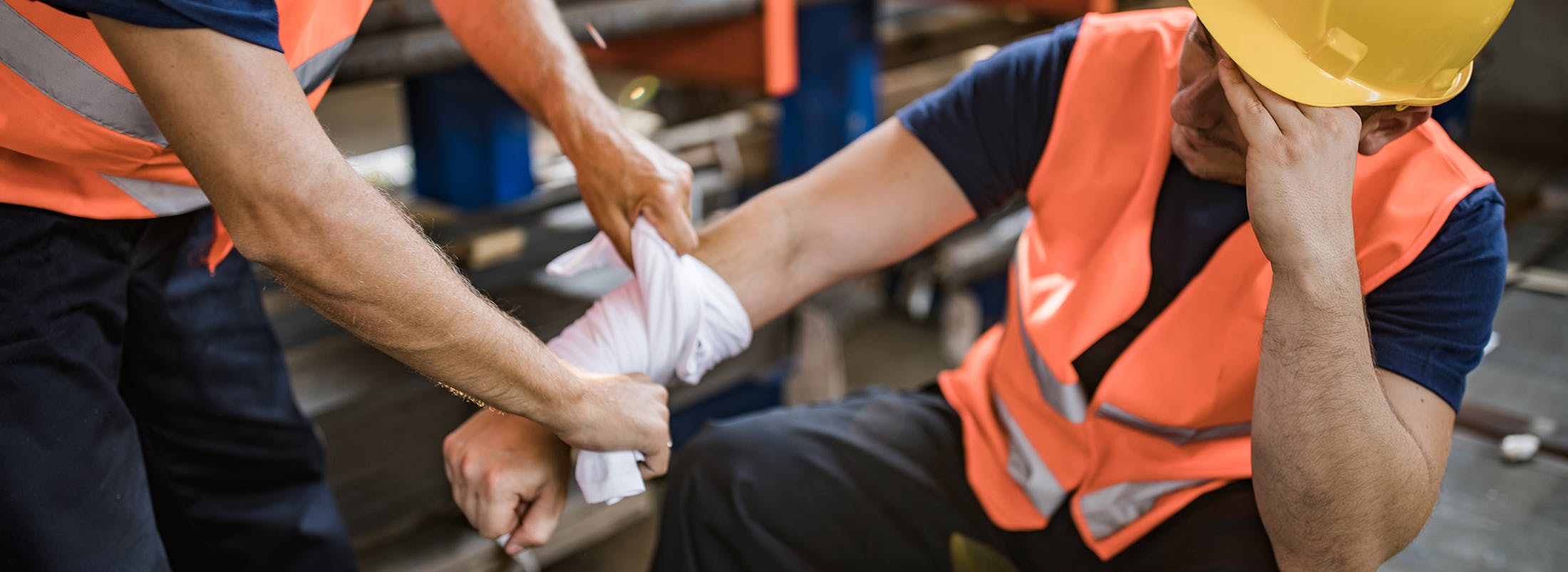Construction work ranks among the most dangerous professions in the United States and particularly in New York due to the inherently risky environment and physically demanding tasks.
OSHA “Fatal Four” Construction Site Accidents in New York
OSHA identifies the “Fatal Four” causes responsible for nearly 60% of construction worker deaths nationwide. These apply heavily in New York construction accidents:
- Falls: The leading cause of fatalities on construction sites. Workers fall from scaffolds, roofs, ladders, and unprotected edges. In NYC, high-rise projects increase the severity of these incidents. Lack of fall protection systems, failure to use harnesses, or poorly maintained scaffolding are common issues.
- Struck by Object: Workers can be fatally injured by falling tools, materials, or moving vehicles and equipment. Construction sites often have cranes lifting heavy loads, or debris that can fall unpredictably. Failure to secure materials or inadequate site barriers may contribute to these deaths.
- Electrocutions: Contact with live wires, improper grounding, or working near power lines cause fatal electric shocks. NYC construction sites frequently deal with complex underground utilities and overhead power lines, increasing electrocution hazards.
- Caught-in/between: This category includes workers crushed by collapsing trenches, machinery, or caught between heavy equipment and objects. Trench collapses are a significant risk in urban infrastructure projects, where excavation is common.



